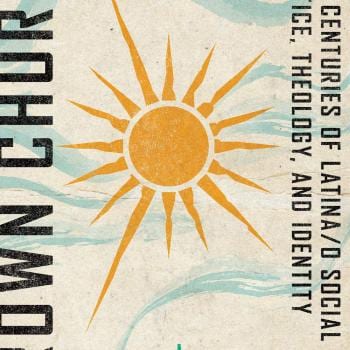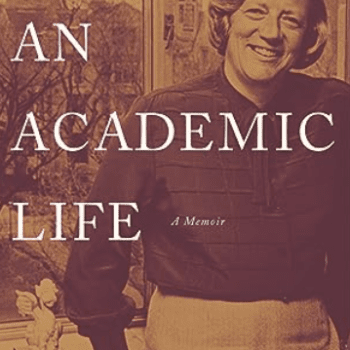I have been reading Clay Shirky’s Here Comes Everybody: The Power of Organizing Without Organizations. This remarkable book came out in 2008 but had already pegged the significance of social media in uncanny ways. The cost of communicating quickly with large numbers of people has collapsed because of e-mail, blogs, and platforms like Twitter. This has profound consequences for newspapers, television, revolutionary movements, and more, but I want to focus here on the implications for professors’ role in the public sphere of social media.
The new media realities represent an opportunity for professors and academics to reclaim their lost public voice. Starting roughly in the 1970s, professional historians lost much of their public audience to journalists and other professional writers who took on historical topics and made them accessible outside of academia. This has been a sore spot for academic historians ever since, but they have seemed powerless to do anything about it.
Part of the reason is that doctoral programs encourage new professors to speak primarily to others in their disciplines. To some extent, this is good and understandable – comprehending the finely-grained details of a subject like the Atlantic slave trade has produced invaluable results in the past few decades. Most of those matters are unlikely to be of interest to many general readers, however, especially if they come packaged in densely-written, expensive books.

History professors generally write dissertations that are a mile deep and an inch wide. They are seeking to become the established expert in a relatively narrow topic. (Mine was on religious change in New England between the Glorious Revolution and the Great Awakening – this is of considerable interest to me and other specialists on colonial New England, but was not likely to become a runaway bestseller.) Doctoral students are primarily writing for their doctoral committee, with a longer view toward getting an academic press contract and receiving positive book reviews in the Journal of American History and the like. But most of these impulses run counter to speaking to the broader reading public.
Meanwhile, academic historians often gripe about how few people read their books, not realizing that the system is producing exactly the results it is built to produce. Historians and their academic presses are speaking to an inwardly-focused audience of other academics, especially the small number of specialists in your field. There are effectively no aspects of this kind of writing, or the marketing of such books, that are designed to appeal to the broader reading public. Before the advent of social media, it was difficult to know what academics could readily do to change that. Only a few professional historians wrote for trade presses like Knopf, which are more savvy about reaching a non-specialist audience, and which require historians to write in such a way that they are speaking not just to internal disciplinary concerns.
Social media has opened a significant new opportunity, though. Before about 15 years ago, there wasn’t an obvious way in which a professor could take into his or her hands the responsibility of reaching a broader audience, save for getting a contract with a trade press. Even then, an author was dependent upon that press to effectively market a work to its potential audience – that only succeeded some of the time. You could travel and speak to promote the book, but there’s only so much of that we can afford to do in terms of time and money.
E-mail, Twitter, blogging, and podcasts have dramatically lowered the structural barriers between professors and a potential reading public. But these are only possibilities unless academics avail themselves of them, and it remains to be seen whether they will. Socialization in doctoral programs toward internal concerns remains powerful, and again, there’s nothing wrong with restricting yourself to a primary audience of other specialists and graduate students. But someone will fill the public demand for history, which remains strong.
Academics who want to reach a broader audience will have to get used to the idea that they need to reach out to their prospective readers. There are almost no historians who can just show up on Twitter and attract tens of thousands of non-academic followers by their mere presence. We have to interact and deliver helpful content in a way that non-academics find intelligible and compelling. (Many academics on social media engage primarily with other academics. Again, that is worthwhile, but it is not outreach.) This is an ongoing project, not something that happens overnight, and the social media landscape changes constantly.
But if you are in a position to take on the challenge, you have to start seeing outreach as part of your job. Given the demands and expectations of doctoral work, the job market, teaching classes (another kind of public audience, to be sure), being attentive to family, and (for the lucky) getting a tenure-track position and securing tenure, outreach to a broader audience will likely remain the pursuit of a minority of academics. But opportunities for doing so are there that previous generations never had.
[Friends, you can sign up here for my Thomas S. Kidd author newsletter. Each newsletter will update you on what’s happening in the world of American, a religious and political history, and current events. It will contain unique material available only to subscribers, and each will help you keep up with my blog posts, books, and other writings from around the web. Your e-mail information will never be shared. Thanks!]
















